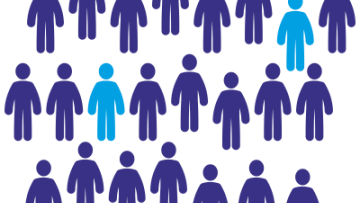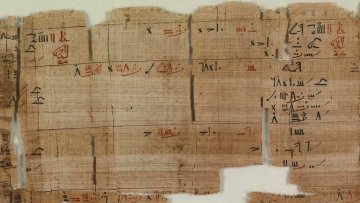12:00
Cluster patterns in Landau and Leading Singularities via the Amplituhedron
Abstract
In this talk I will present some recent explorations of cluster-algebraic patterns in the building blocks of scattering amplitudes in N = 4 super Yang-Mills theory. In particular, I will first briefly introduce the main characters on stage, i.e. Leading Singularities, Landau singularities, the amplituhedron and cluster algebras. I will then present my main conjecture, "LL-adjacency", which makes all the above characters play together: given a maximal cut of a loop amplitude, Landau singularities and poles of each Yangian invariant appearing in any representation of the corresponding Leading Singularities can be found together in a cluster. I will explain how the conjecture has been tested for all one-loop amplitudes up to 9 points using cluster algebraic and amplituhedron-based methods. Finally, I will discuss implications for computing loop amplitudes and their singularity structure, and open research directions.
This is based on the joint work with Ömer Gürdoğan (arXiv: 2005.07154).






